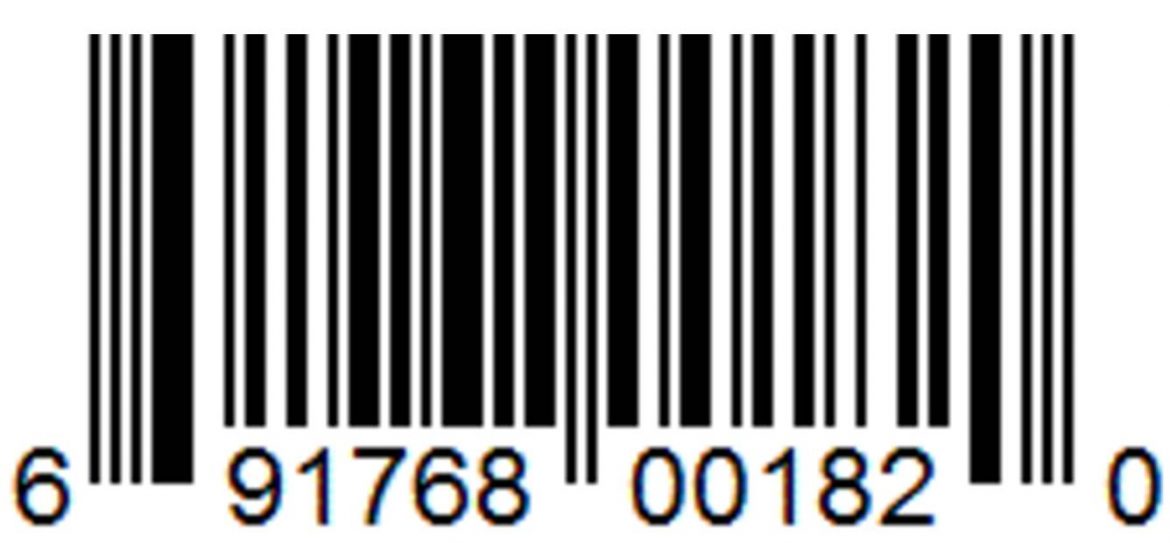UPC Codes Comprehensive Guide:
If you sell on Amazon or your own website, you need UPC codes for each of your products. By scanning UPC (Unique Product Codes), you can quickly provide information about your products to distributors or customers.
A unique product code is required for every Amazon product, bundle, or kit. GS1 is a global standard for ensuring the legitimacy of products, so Amazon will likely mandate UPC checks.
What are UPC numbers and how can you ensure your products are encoded correctly and in accordance with Amazon’s and global standards?
GS1 stands for Global Standard for Identification.
GS1 is the globally accepted encoding standard for barcodes. Non-profit organization that maintains one of the few legal international supply chain barcode databases.
Every supplier and company receives a GTIN (Global Trade Item Number) from GS1. Different types of products have different official codes: type, industry, and country.
Why is the UPC important?
Barcodes help computers identify which items belong to a specific order. When the barcode is scanned, product descriptions, stock quantities, and prices are displayed. Additionally, businesses can use POS systems to provide better inventory management, metrics, and product sales.
A GTIN can also be referred to as a product barcode by GS1. Depending on the type of product, it can be up to eight, twelve, thirteen, or fourteen digits long. In the form of a string of numbers, the Global Trade Identification Number is an acronym for Global Trade Identification Number. Aside from UPC and EAN, two types of barcode are supported by GS1.
The Unique Product Code (UPC) represents barcodes of products in the original format. Below these lines and bars will be displayed 12 digits. The GTIN-12s have 12 digits, so they are called GTIN-12s.
UPCs are the primary barcodes used by the United States and Canada. It is more common in other countries that support scanning UPC codes to use EANs (European Article Numbers). IANs differ slightly from UPCs in terms of country codes and length as well as having different international country codes.
How can UPC codes be obtained?
Only GS1 can provide UPC codes to Amazon and beyond. Because of this, GS1 recommends purchasing UPC codes directly from them. This standard resource is used by many companies, including Amazon, in order to validate UPCs.
eBay is one place where you can get UPC codes. In the event that you do not purchase directly from GS1, you may find yourself in legal trouble. If you purchase it from a third party website, the UPC will likely be registered there already. In the end, your company may be delegitimized if it does not receive a specific prefix.
Additionally, avoiding parties who sell duplicate UPC codes is a good idea. A number of products can have “fake” UPCs associated with them. This could negatively impact your business’s legal standing because it confuses your customers and upsets them. Amazon will remove any listings without GS1-backed UPCs.
What is the GS1 code-getting process?
As a company prefix, you are identified along the supply chain. You can create a portfolio of products with UPC codes and specific products for your brand.
In the first six or nine digits of a UPC barcode, your fixed company prefix will appear. It doesn’t matter which UPC prefix you use for your product.
In order to minimize the cost of purchasing the company prefix, business owners opt for the less secure “resold UPC” route.
Depending on how many products your company has, you may have to pay up to $10,000 to obtain a GS1 prefix. Furthermore, you’ll need to pay an annual renewal fee of $50 to $3000.
Although GS1’s services are costly, buying from them mitigates the legal and financial risks associated with buying fake UPCs from resellers.
Summery
You can rest assured that your UPC codes are genuine when you purchase them from GS1. Using these steps, you will be able to sell your products across multiple platforms, including Amazon, your website, and box stores.

